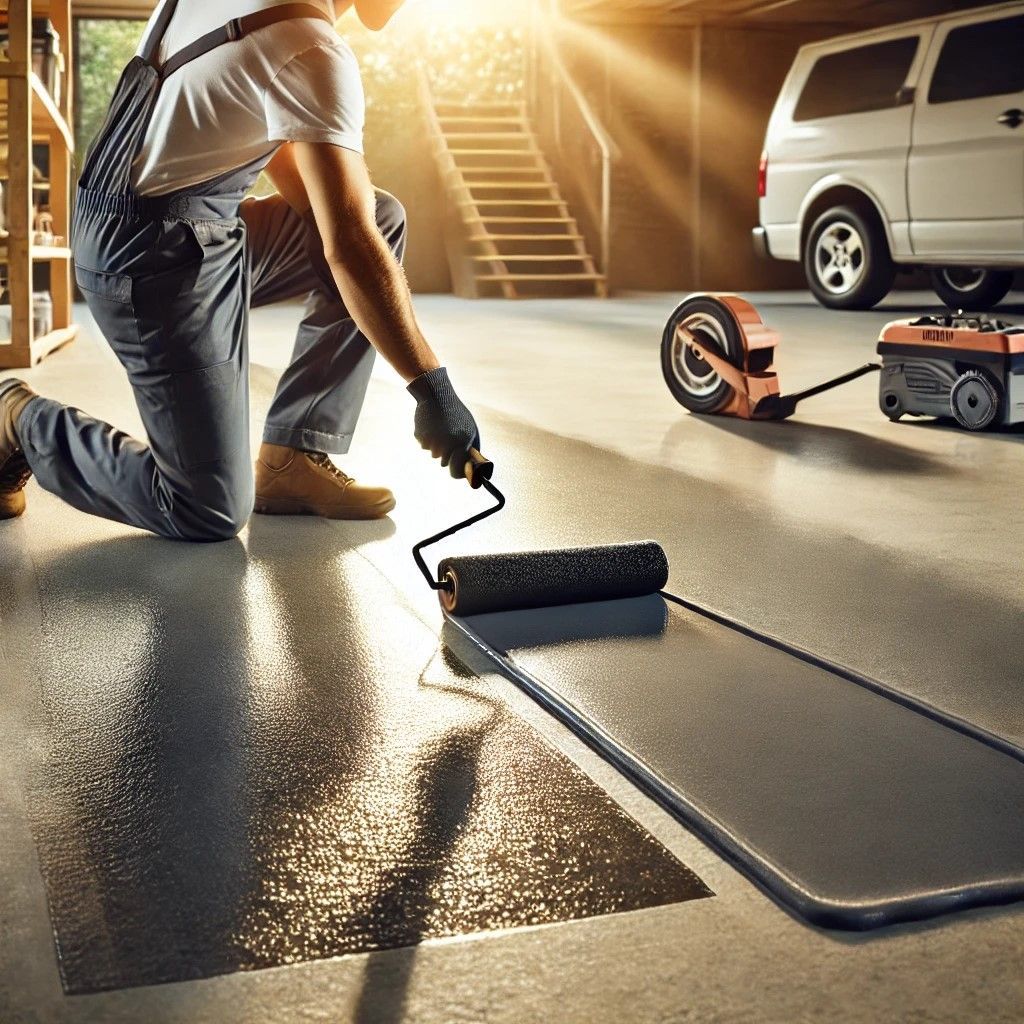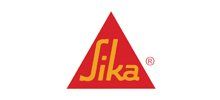Epoxy Flooring vs. Polished Concrete: Which Is Right for You?
Epoxy Flooring vs. Polished Concrete
When selecting the right flooring for your space, two popular options often come to mind: epoxy flooring and polished concrete. Both have unique advantages and are suitable for different environments. At K&A Coatings, we aim to help you make an informed decision by comparing these two flooring solutions. Let’s dive into the benefits and drawbacks of each to determine which is the best fit for your needs.
Benefits of Epoxy Flooring
Epoxy flooring is a versatile and durable option that offers several advantages:
- Durability: Epoxy flooring is highly resistant to wear and tear, making it ideal for high-traffic areas.
- Aesthetic Appeal: Available in a wide range of colors and finishes, epoxy can be customized to match any decor.
- Chemical Resistance: Epoxy is resistant to chemicals, oils, and other substances, making it perfect for industrial and commercial settings.
- Easy Maintenance: The smooth, seamless surface of epoxy flooring is easy to clean and maintain.
- Safety Features: Epoxy can be formulated with slip-resistant additives for enhanced safety.
Drawbacks of Epoxy Flooring
While epoxy flooring has many benefits, there are some potential drawbacks to consider:
- Installation Time: Epoxy flooring requires several layers and curing time, which can take a few days.
- Surface Preparation: Proper surface preparation is essential for epoxy to adhere correctly, which can be labor-intensive.
- UV Sensitivity: Some epoxy floors may yellow over time when exposed to direct sunlight.
Benefits of Polished Concrete
Polished concrete is another popular flooring option known for its sleek appearance and durability:
- Durability: Polished concrete is extremely durable and can withstand heavy traffic and impact.
- Low Maintenance: Once sealed, polished concrete requires minimal maintenance and is easy to clean.
- Cost-Effective: Polished concrete is often more cost-effective than other flooring options due to its longevity.
- Eco-Friendly: Utilizing existing concrete slabs reduces the need for additional materials, making it an environmentally friendly choice.
- Reflectivity: The reflective surface of polished concrete enhances lighting efficiency in a space.
Drawbacks of Polished Concrete
Polished concrete also has its disadvantages:
- Cold and Hard Surface: Polished concrete can be cold and hard underfoot, which may not be comfortable for all settings.
- Cracking: Concrete is prone to cracking over time, which can affect the appearance and integrity of the floor.
- Limited Aesthetic Options: While polished concrete can be stained or colored, the aesthetic options are more limited compared to epoxy flooring.
Choosing the Right Flooring for Your Space
When deciding between epoxy flooring and polished concrete, consider the following factors:
- Usage: Determine the primary use of the space. Epoxy flooring is ideal for areas that require chemical resistance and easy maintenance, such as garages, commercial kitchens, and warehouses. Polished concrete is suitable for high-traffic areas that benefit from its durability and low maintenance, such as retail spaces and showrooms.
- Aesthetic Preferences: Consider the look you want to achieve. Epoxy offers a wide range of colors and finishes, allowing for more customization. Polished concrete provides a sleek, industrial look that can enhance modern designs.
- Budget: Evaluate your budget for installation and maintenance. Polished concrete is generally more cost-effective initially, but epoxy flooring offers more aesthetic options and potential long-term benefits.
At K&A Coatings, we’re here to help you choose the best flooring solution for your needs. Contact us today for a consultation, and let our experts guide you in making the right decision for your space.




















Share On: